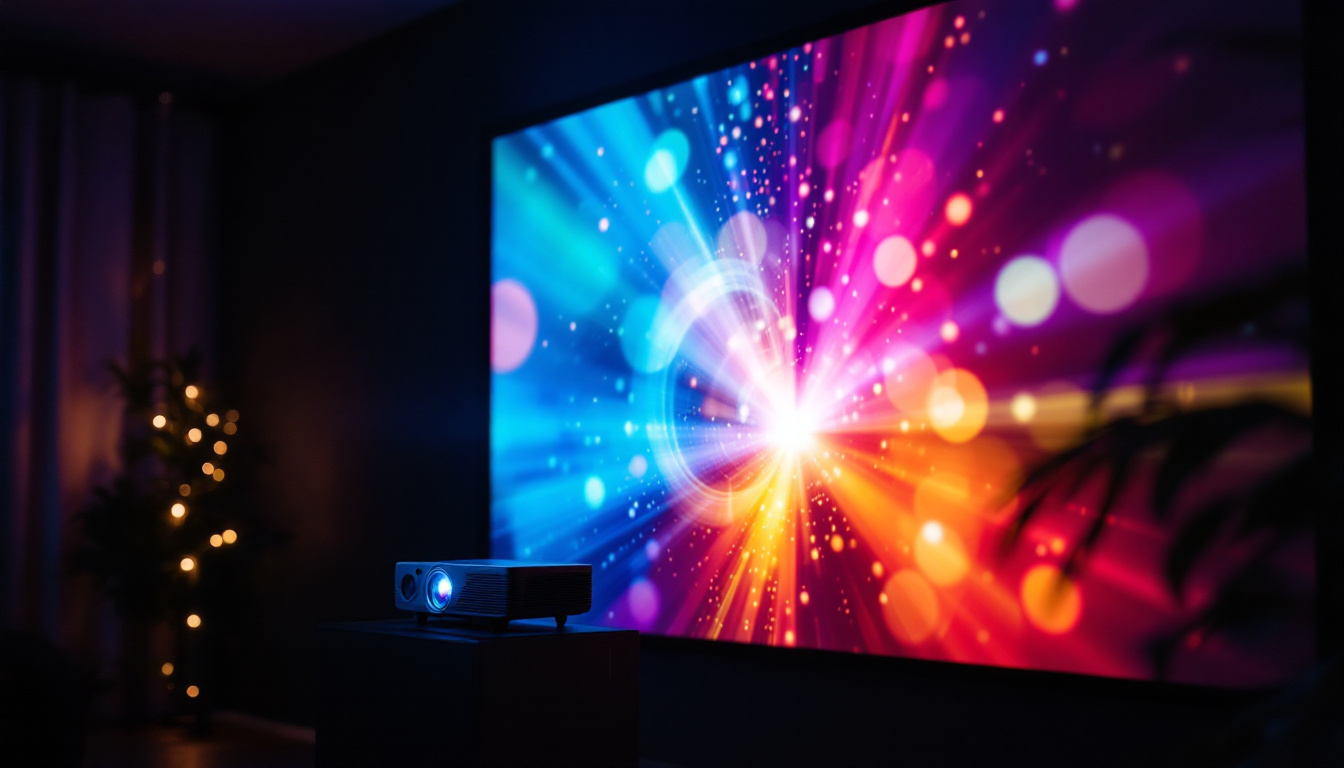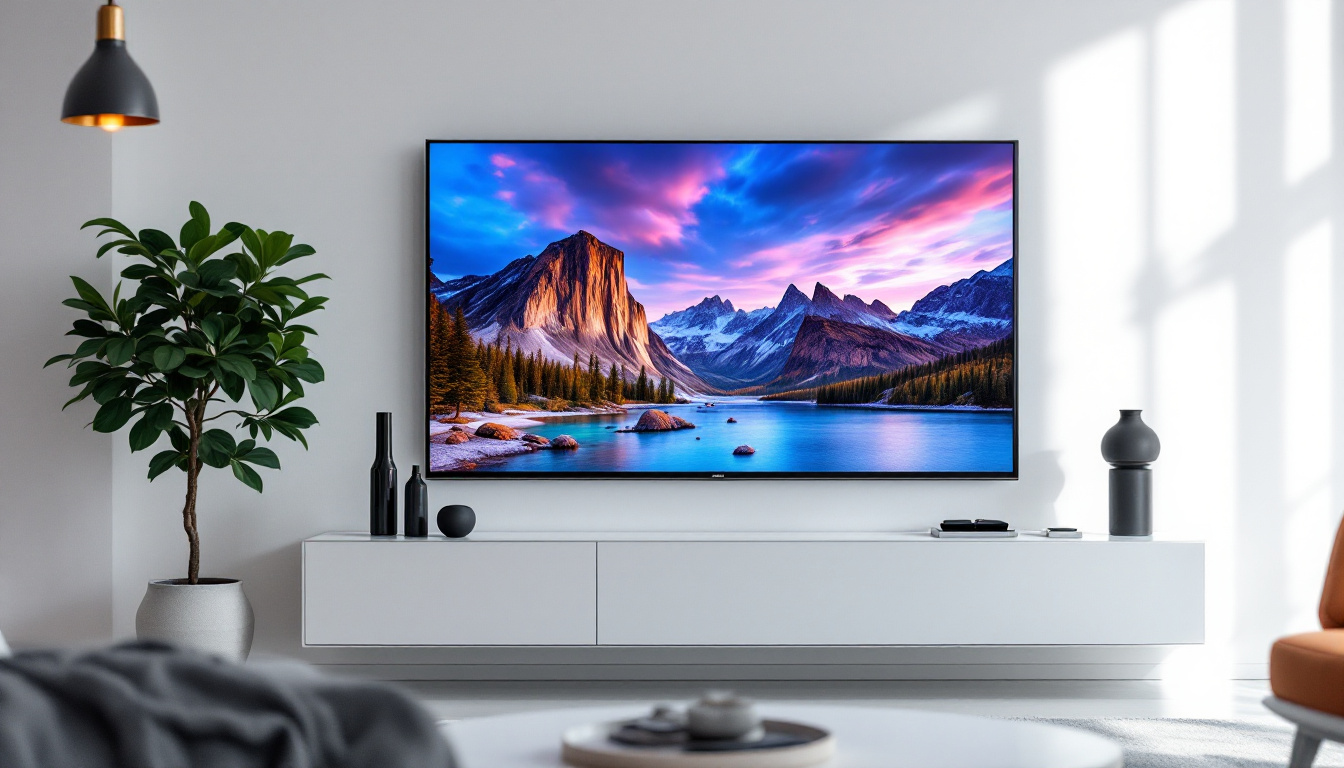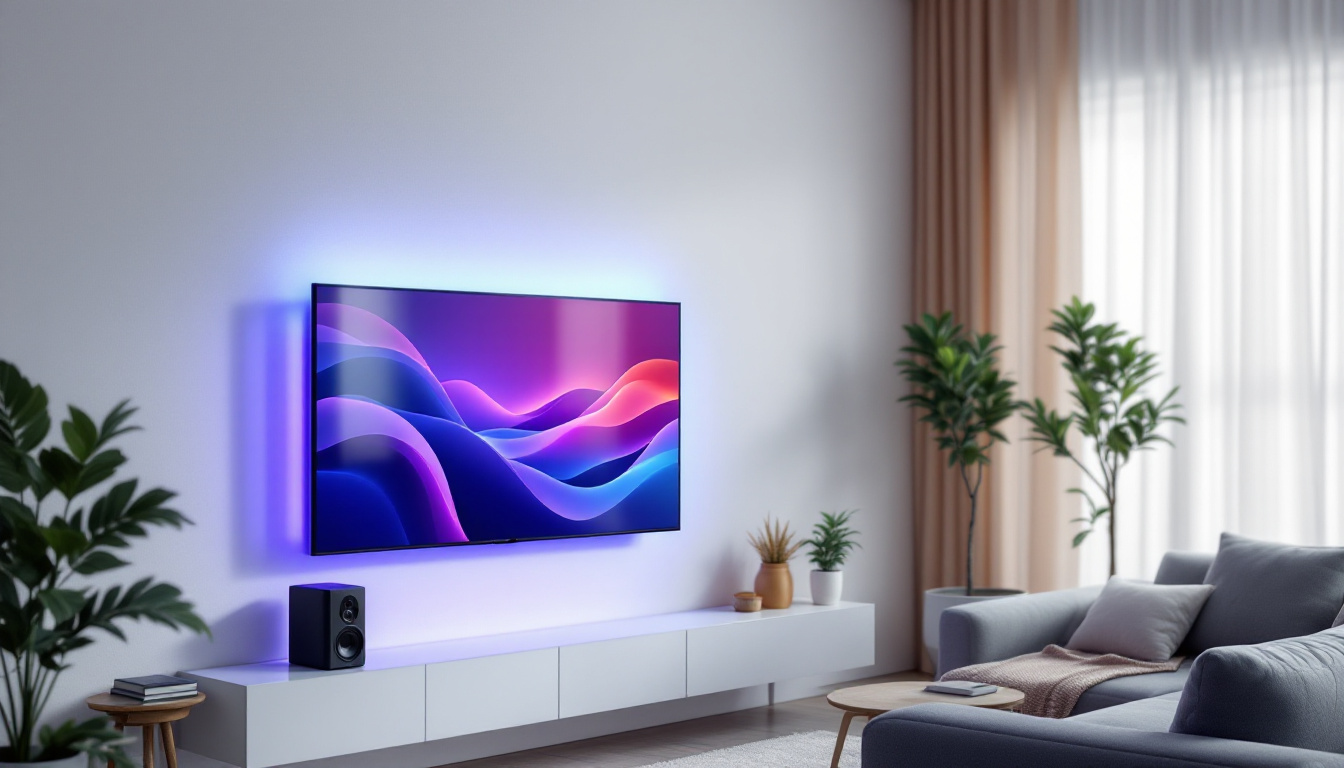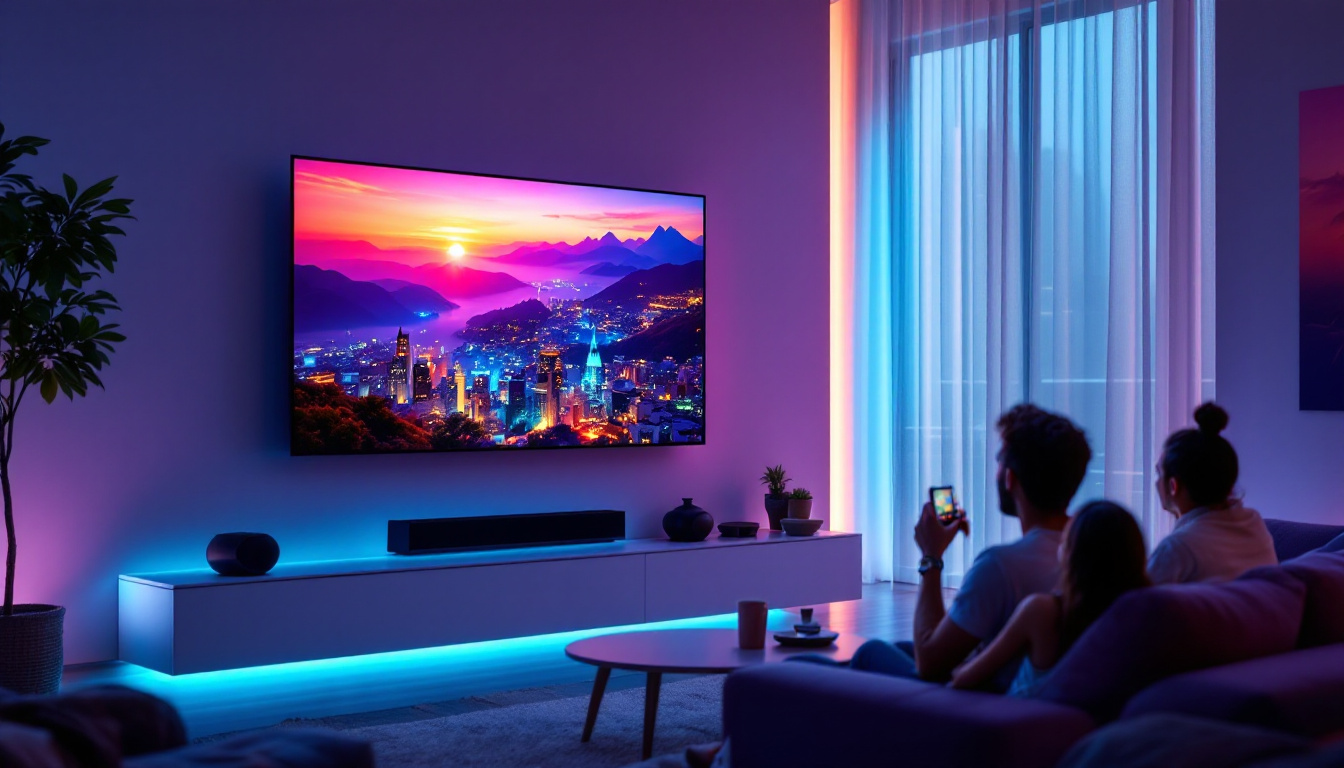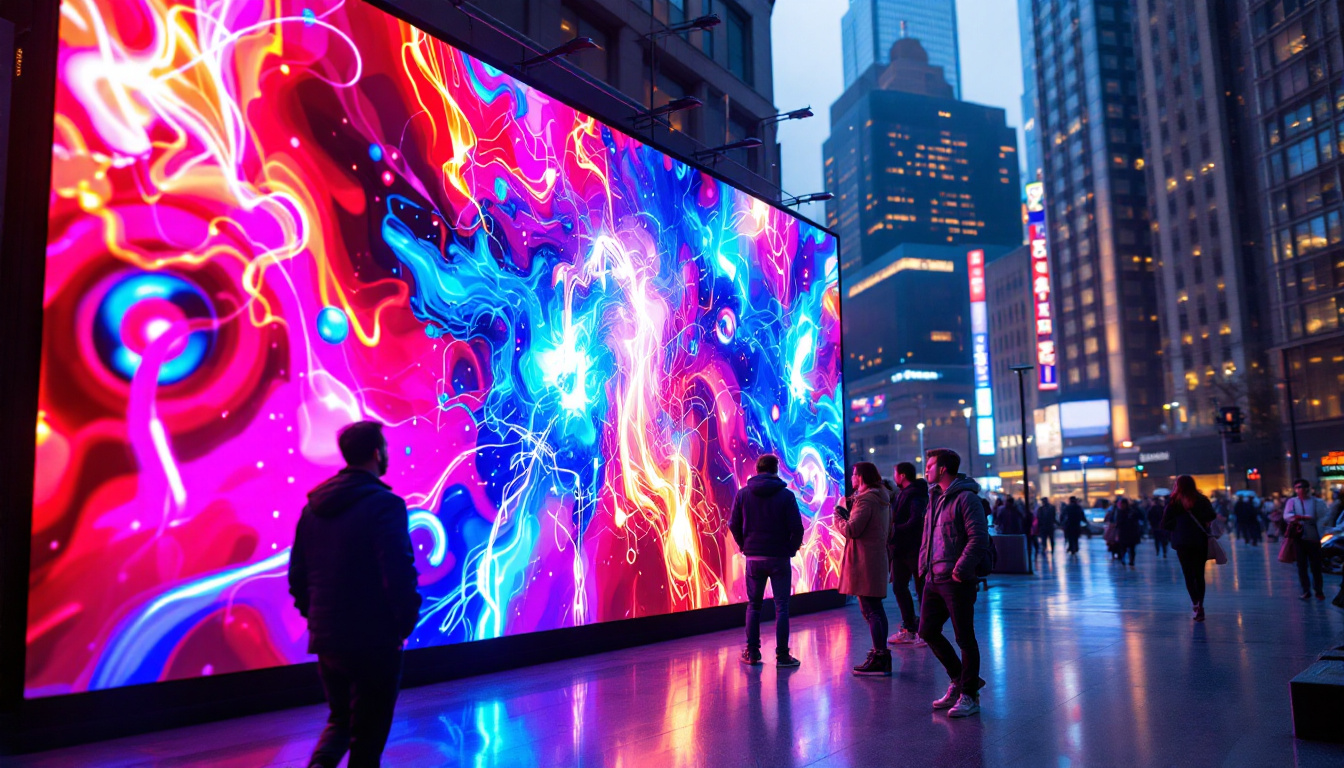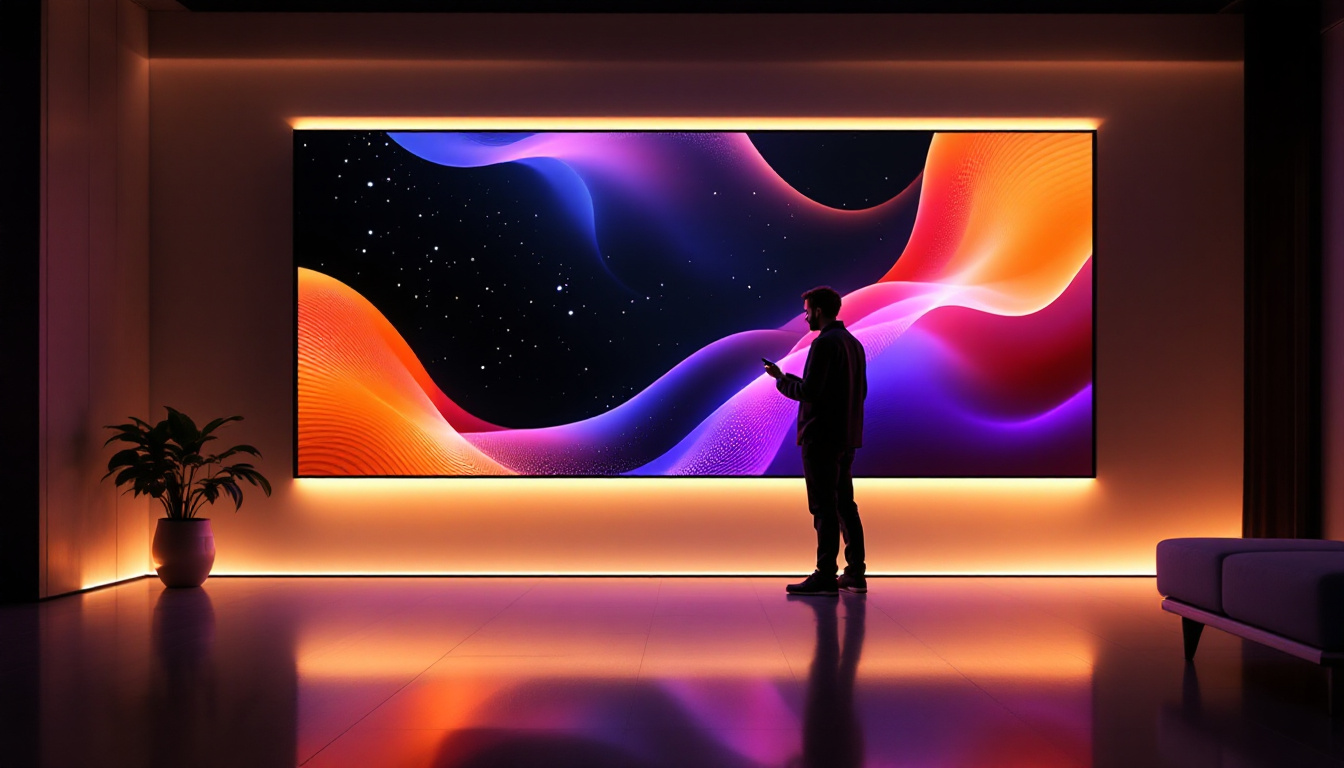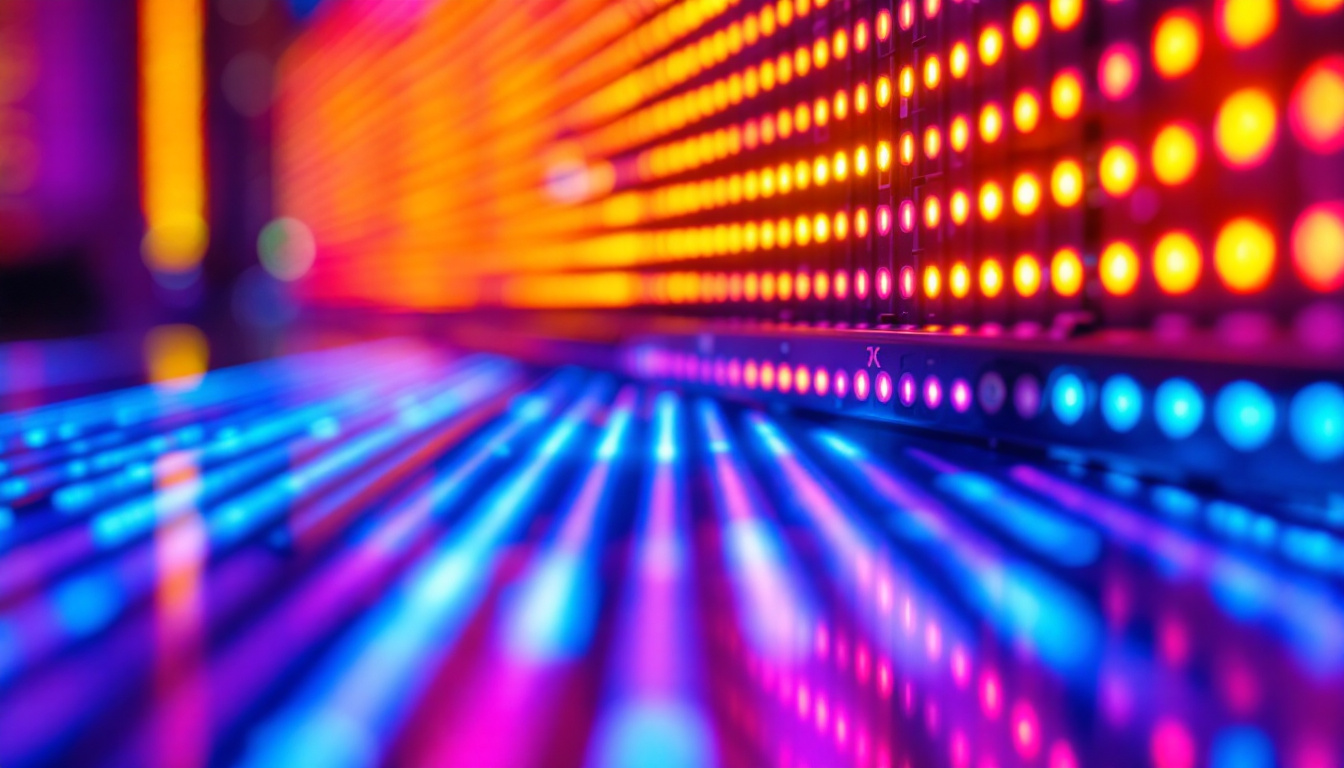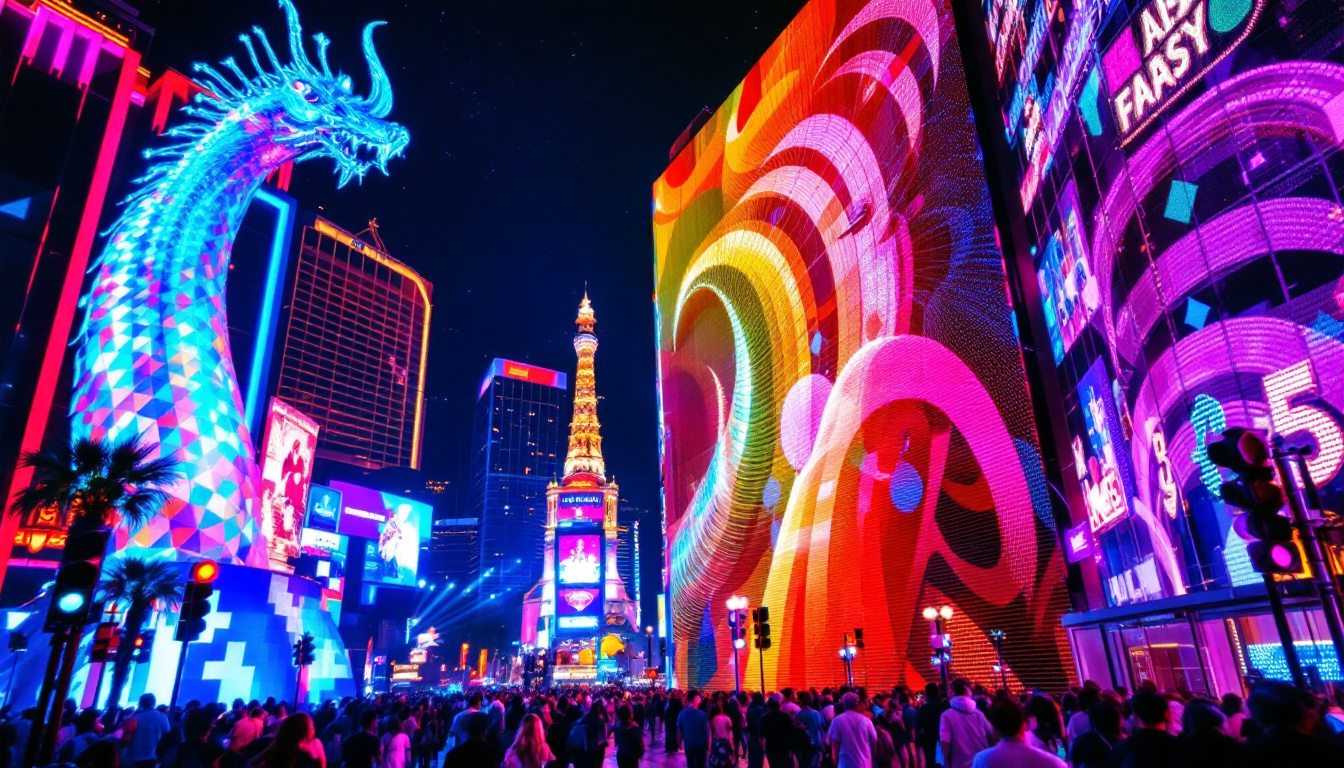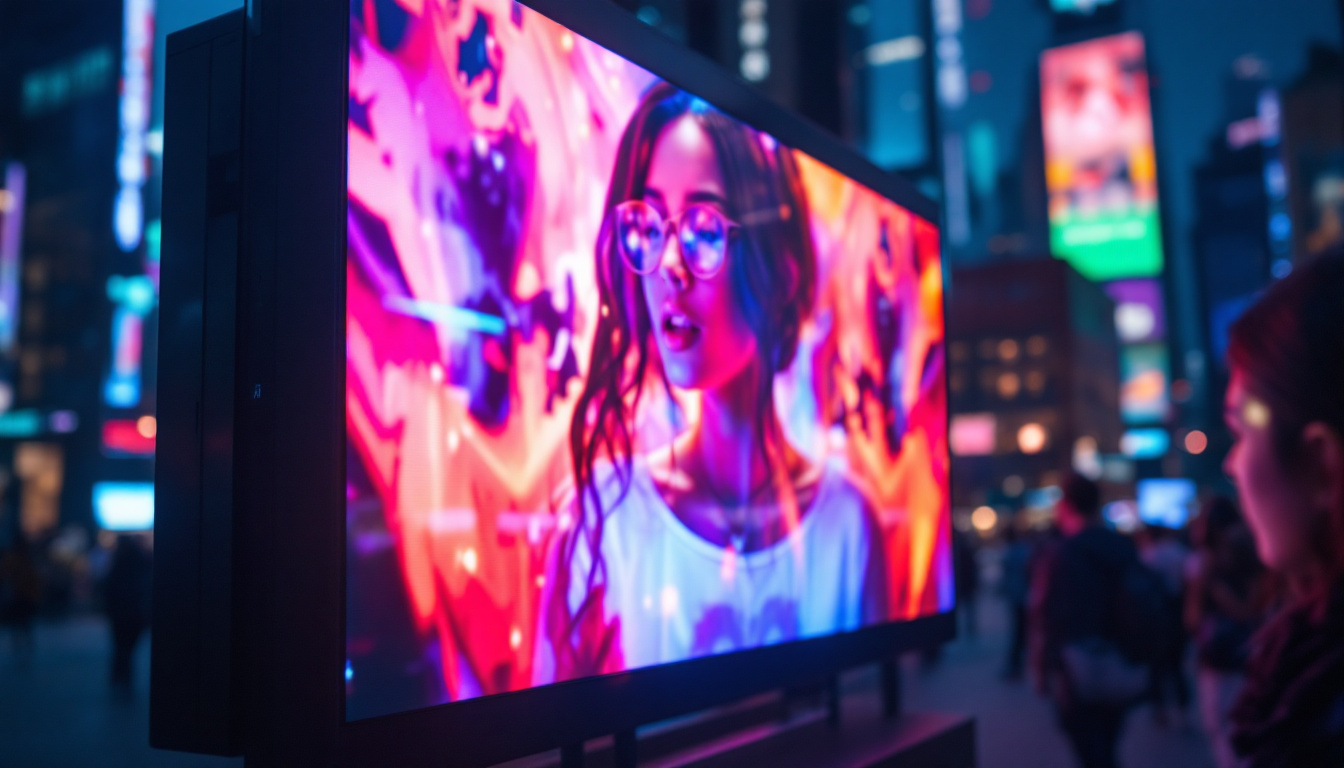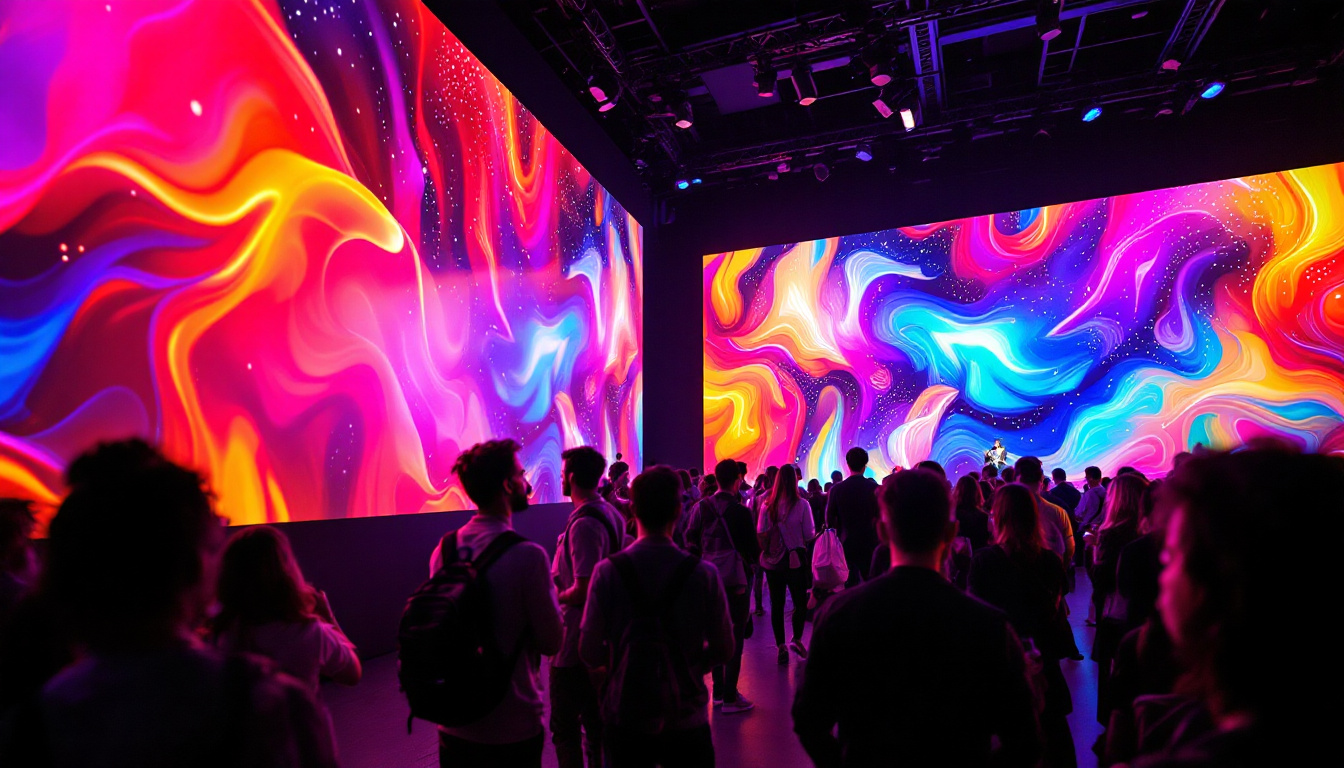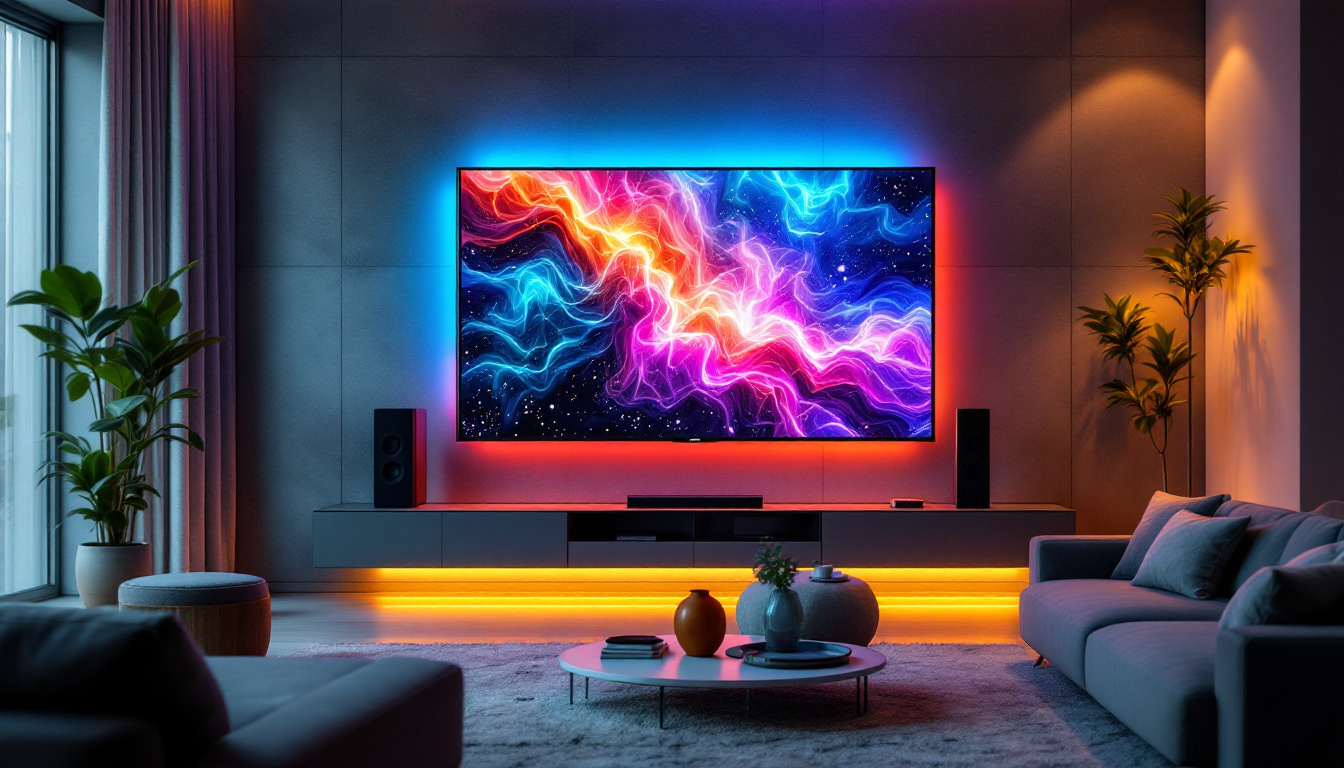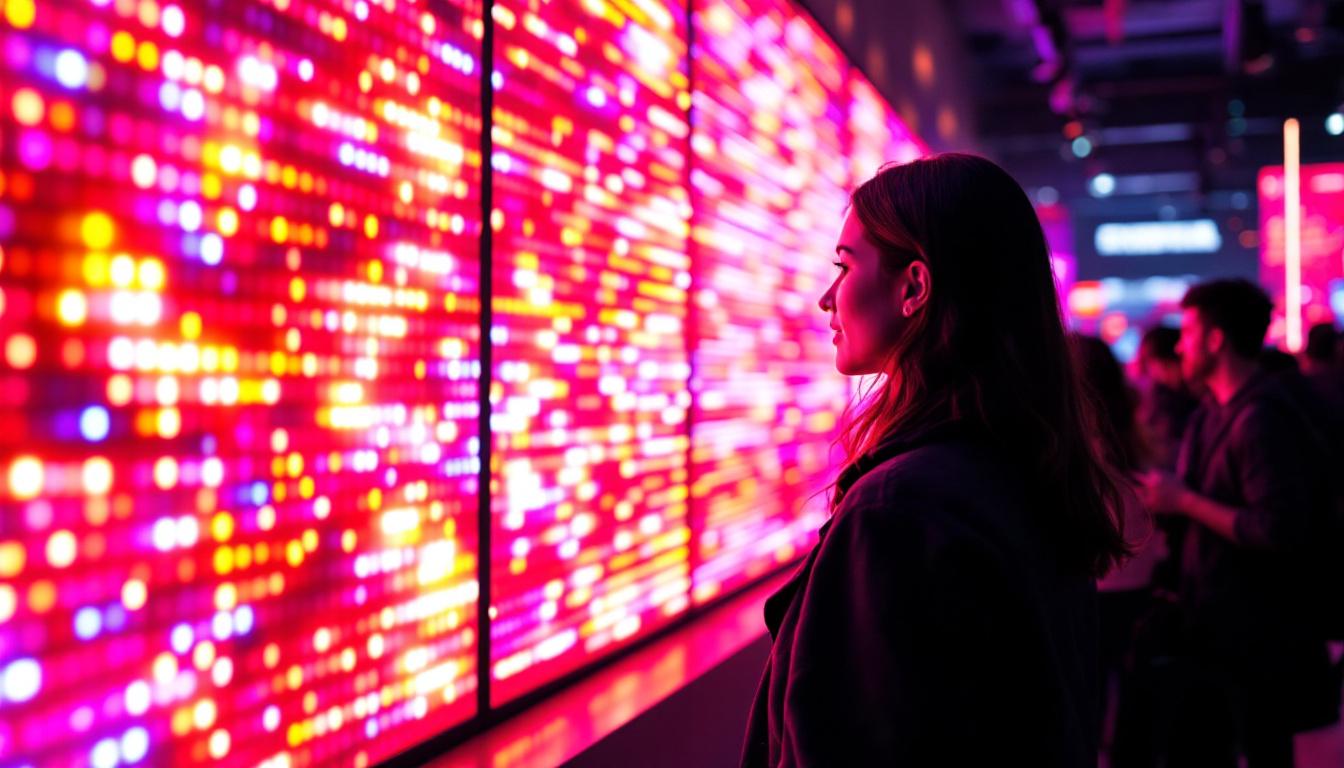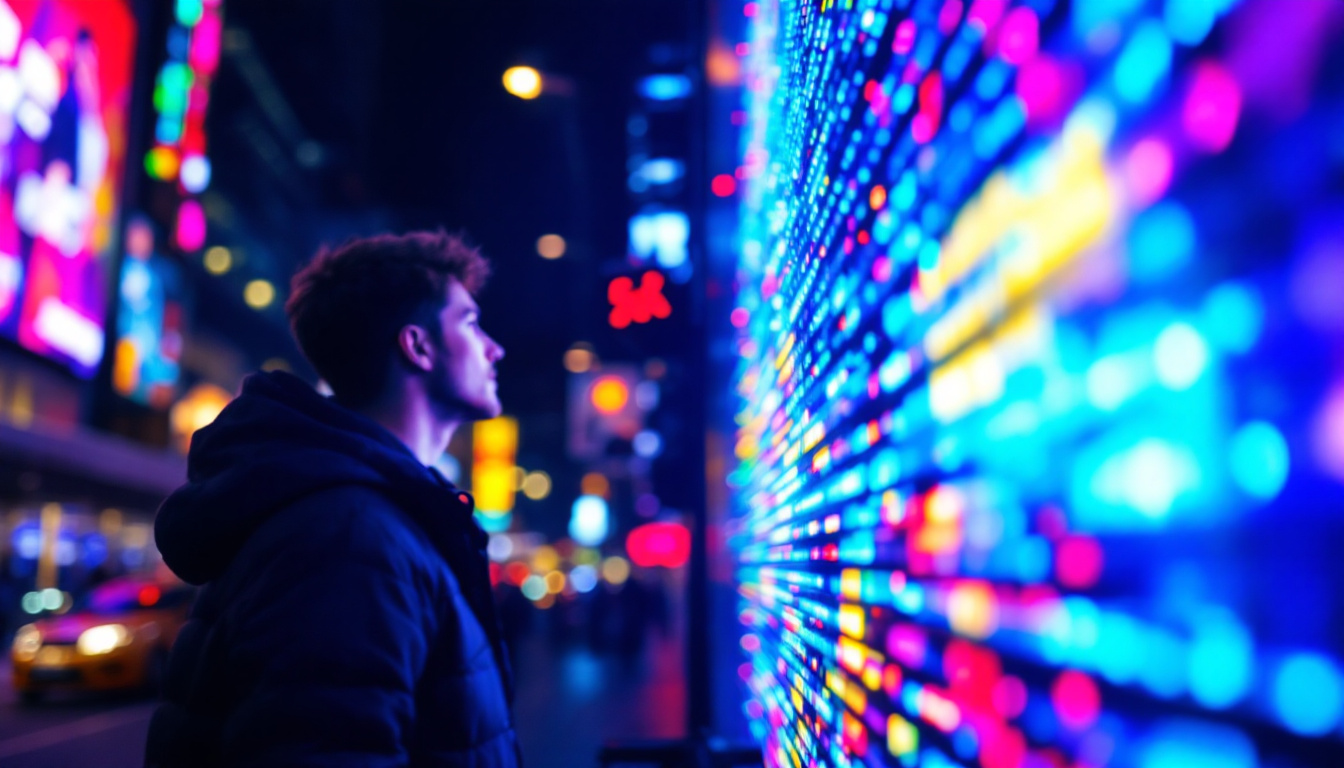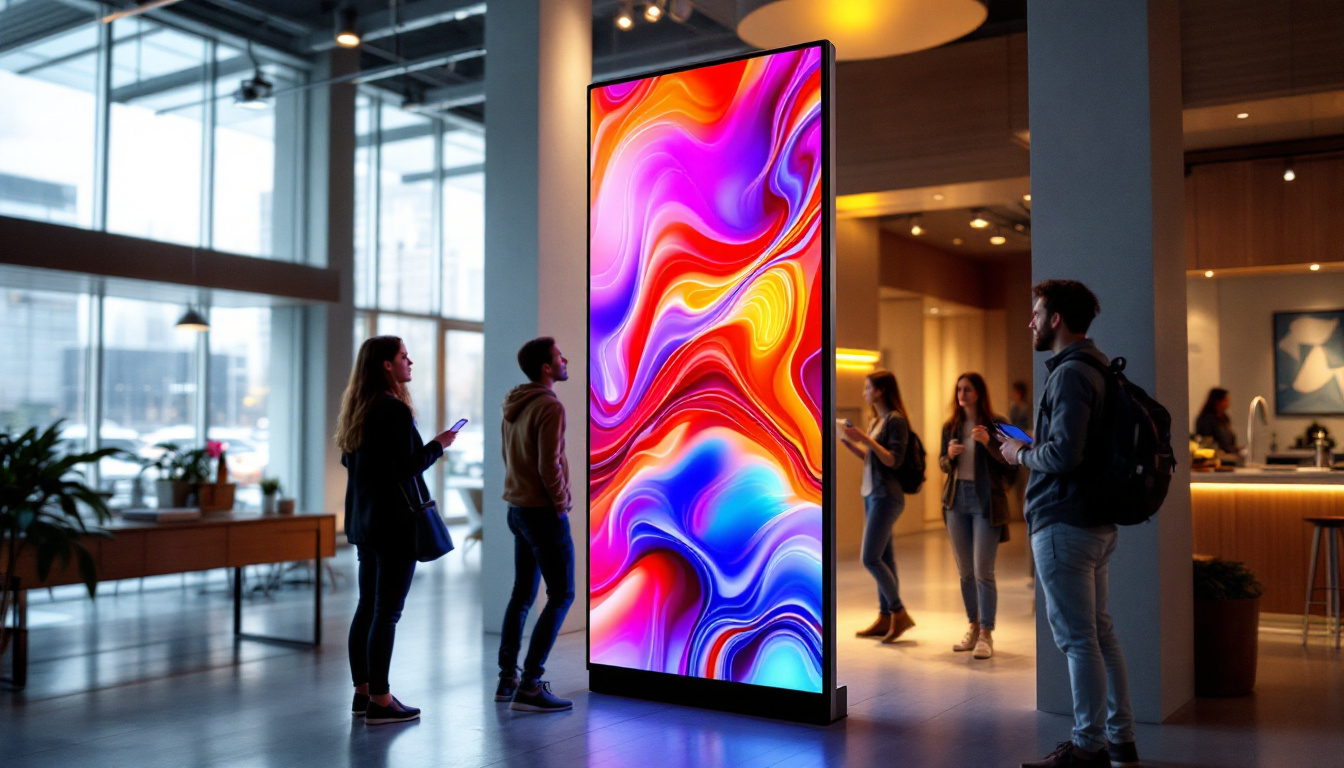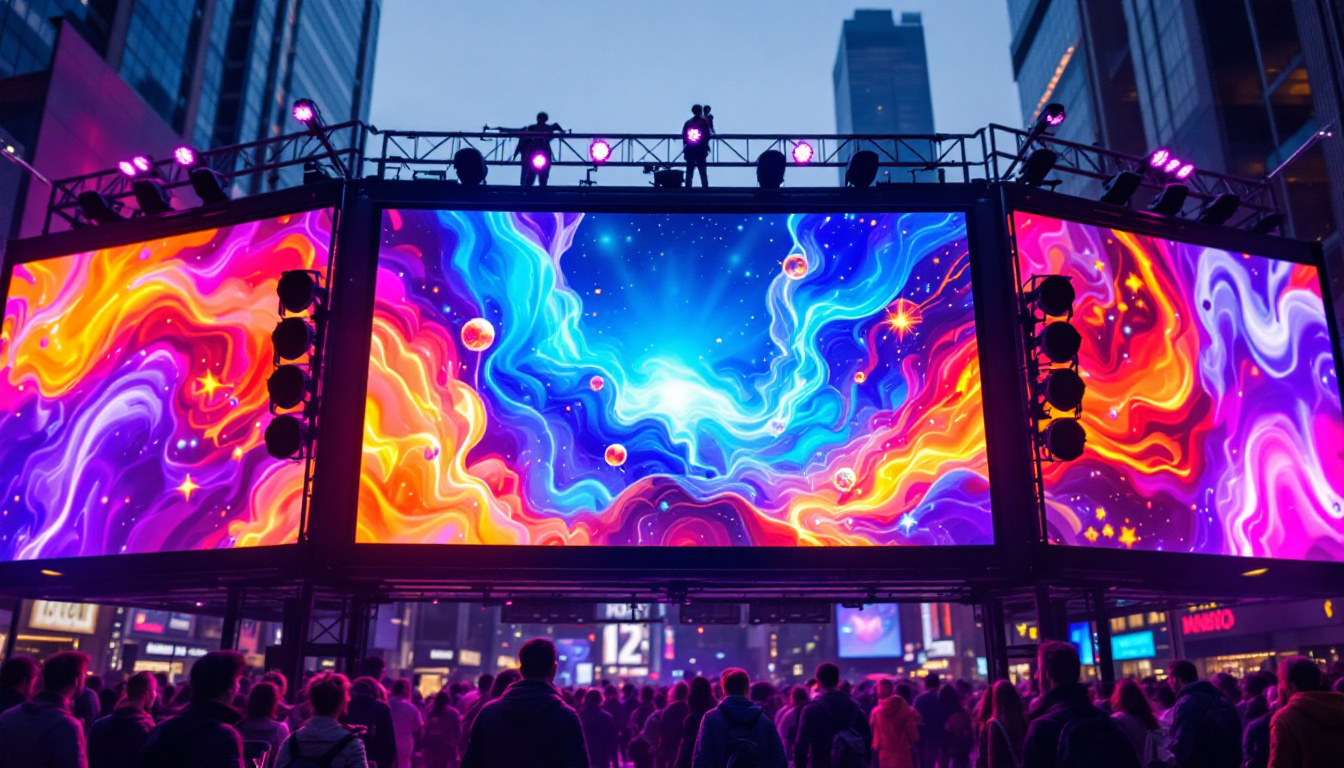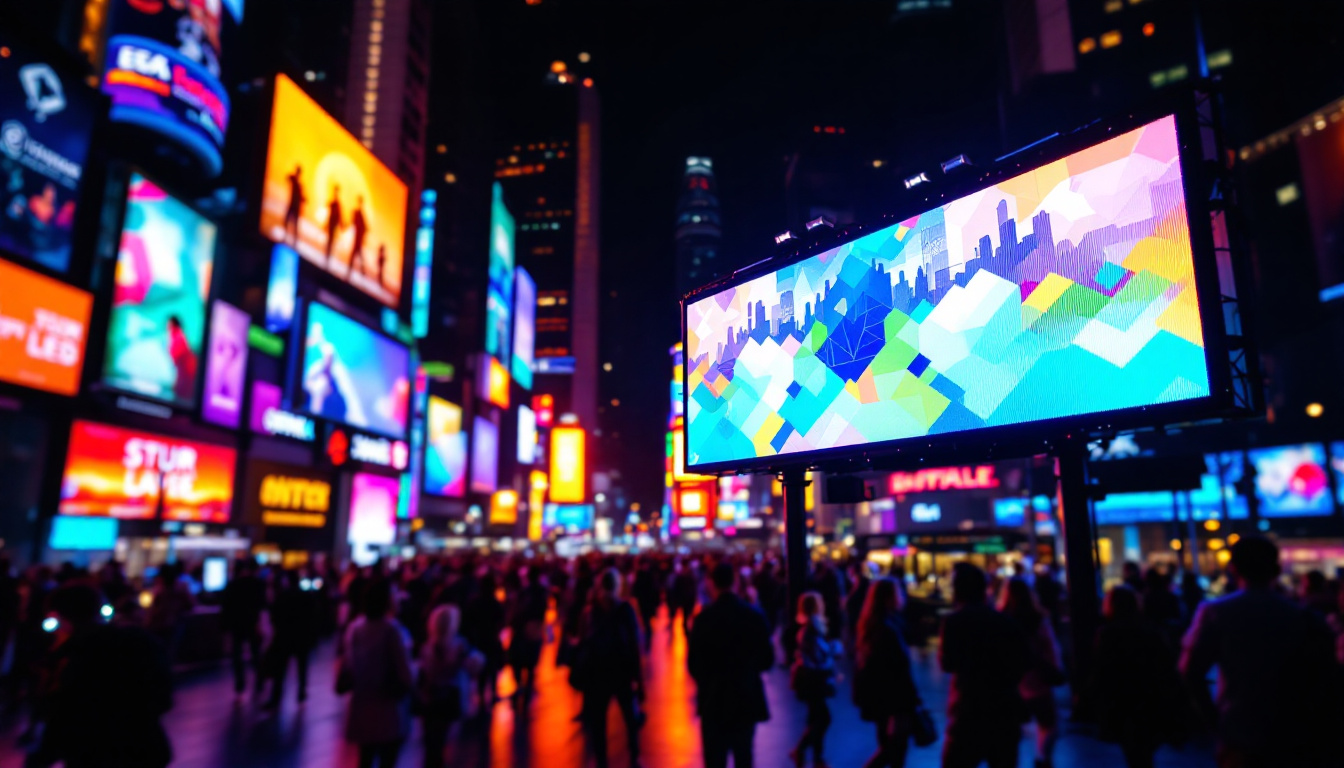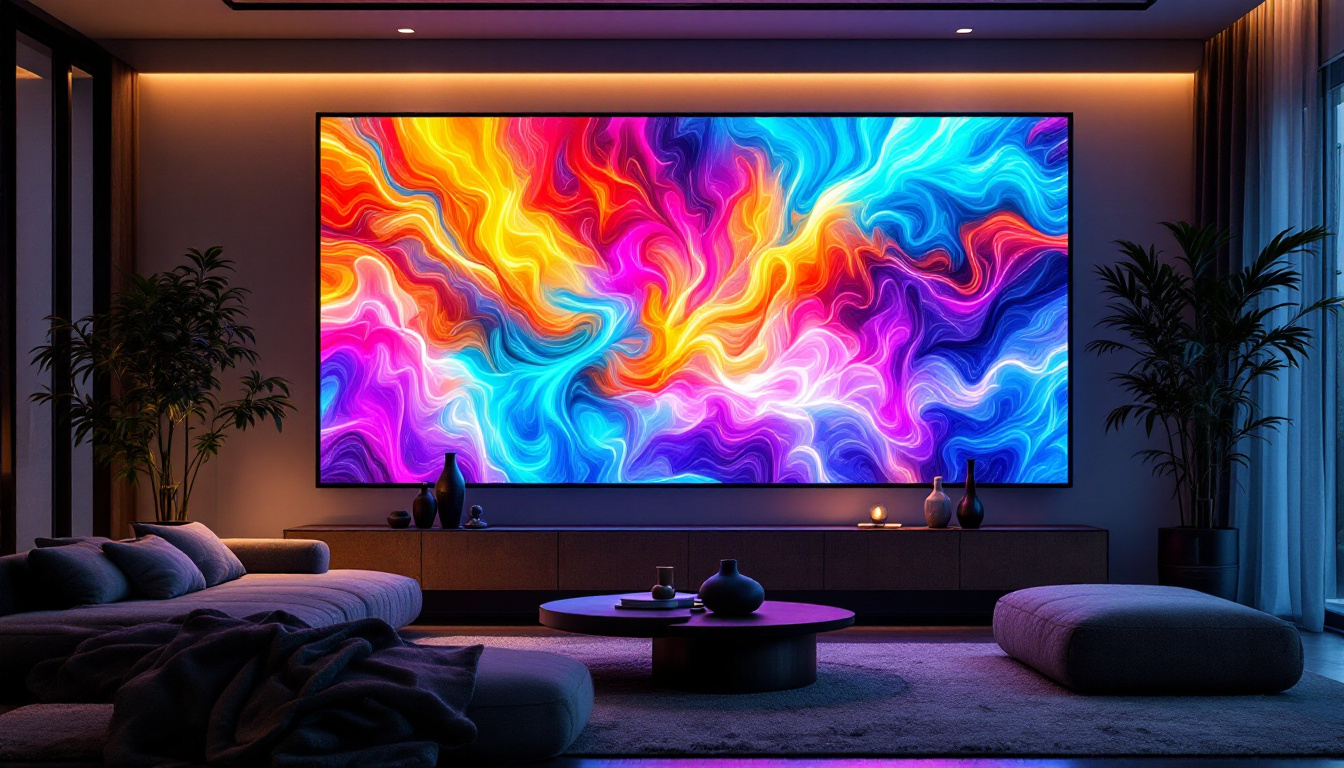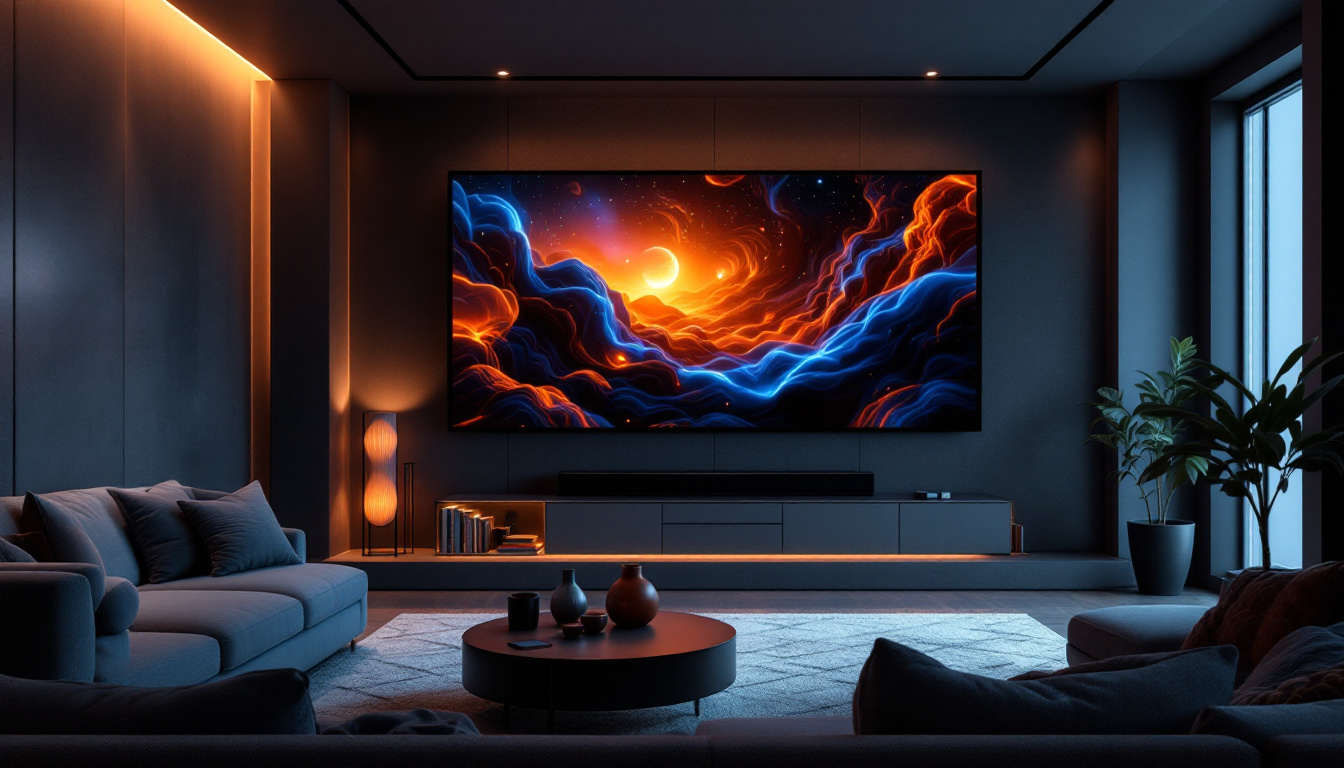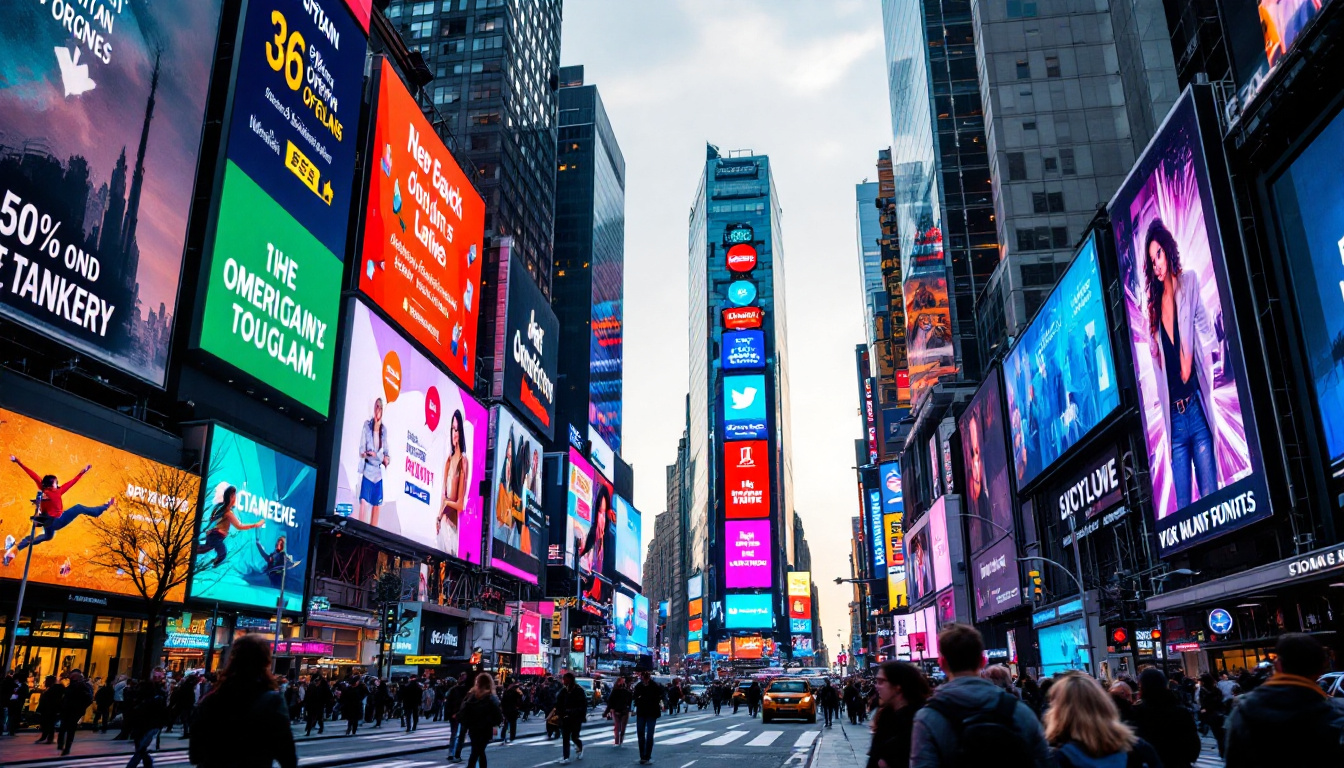In the age of digital communication, outdoor advertising has evolved significantly, with LED displays leading the charge. These vibrant and dynamic signs have transformed the way businesses engage with their audience, offering a flexible and eye-catching medium for conveying messages. This article delves into the intricacies of outdoor LED displays, exploring their benefits, functionality, and best practices for effective use.
Understanding LED Displays
LED (Light Emitting Diode) displays are digital screens that utilize light-emitting diodes to produce images and text. They are commonly used for outdoor signage due to their bright colors, high visibility, and ability to display dynamic content. Unlike traditional billboards, LED displays can be updated in real-time, allowing businesses to adapt their messaging based on current events, promotions, or audience engagement. This flexibility not only enhances marketing strategies but also fosters a more interactive experience for viewers, making them feel more connected to the brand.
Moreover, the energy efficiency of LED displays contributes to their growing popularity. They consume significantly less power than conventional lighting options, which not only reduces operational costs but also aligns with the increasing demand for sustainable practices in advertising. This eco-friendly aspect appeals to environmentally conscious consumers, further enhancing the brand image of companies that choose LED technology.
How LED Displays Work
LED displays consist of numerous small diodes arranged in a grid pattern. Each diode emits light when an electric current passes through it, creating pixels that form images and text. The combination of red, green, and blue diodes allows for a wide spectrum of colors, enabling the creation of vibrant and detailed visuals. The pixel density and configuration can vary, affecting the clarity and resolution of the display, which is crucial for ensuring that messages are easily readable from a distance.
These displays are controlled by sophisticated software that manages the content being shown. This software can be programmed to change messages at specific times, display advertisements based on audience demographics, or even sync with social media feeds for real-time updates. Additionally, advanced analytics tools can track viewer engagement and interaction, providing valuable insights that can inform future advertising strategies and content creation.
Types of LED Displays
There are several types of LED displays used for outdoor advertising, each designed to meet specific needs:
- Full-color LED displays: These are capable of displaying a wide range of colors and are ideal for advertisements that require detailed visuals. They are often used in high-traffic areas where capturing attention is paramount.
- Monochrome LED displays: Typically used for simple text messages, these displays are more cost-effective and suitable for basic information dissemination. They are commonly found in settings like gas stations or roadside signs where quick, clear communication is essential.
- Video LED displays: These high-resolution screens can play videos and animations, making them perfect for engaging audiences with dynamic content. Their ability to showcase moving images can significantly enhance storytelling and brand narratives, drawing in viewers more effectively than static displays.
In addition to these types, there are also specialized LED displays designed for unique applications, such as transparent LED screens that allow for creative advertising while maintaining visibility through the display. These innovations are pushing the boundaries of traditional advertising, creating immersive experiences that captivate audiences and transform public spaces into interactive environments.
The Advantages of Outdoor LED Displays
Outdoor LED displays offer numerous advantages over traditional signage methods. Their ability to attract attention and convey messages effectively makes them a popular choice for businesses looking to enhance their visibility.
High Visibility and Brightness
One of the most significant advantages of LED displays is their brightness. Even in direct sunlight, these screens maintain high visibility, ensuring that messages are seen by passersby at any time of day. This characteristic is crucial for outdoor advertising, where competition for attention is fierce.
Dynamic Content and Flexibility
Unlike static signs, LED displays can showcase dynamic content that can be changed frequently. This flexibility allows businesses to promote different products, services, or events without the need for physical alterations to the sign. For instance, a restaurant can display daily specials or a retail store can advertise flash sales, all with just a few clicks.
Cost-Effectiveness Over Time
While the initial investment in LED technology may be higher than traditional signage, the long-term benefits often outweigh the costs. LED displays consume less energy than traditional lighting, reducing operational costs. Additionally, the ability to update content digitally eliminates the need for printing and installation expenses associated with traditional billboards.
Best Practices for Using Outdoor LED Displays
To maximize the effectiveness of outdoor LED displays, businesses should adhere to certain best practices. These guidelines ensure that the content is engaging, relevant, and effective in reaching the target audience.
Content Creation
Creating compelling content is key to capturing the attention of viewers. The following tips can help in crafting effective messages:
- Keep it simple: Messages should be concise and easy to read. Aim for short phrases that convey the main idea quickly.
- Use bold visuals: High-quality images and graphics can enhance the appeal of the display. Ensure that visuals are relevant to the message being conveyed.
- Incorporate calls to action: Encourage viewers to take action, whether it’s visiting a website, calling a phone number, or stopping by a location.
Timing and Scheduling
Timing is crucial when it comes to displaying content on LED screens. Businesses should consider the following:
- Peak hours: Identify the times when foot traffic is highest and schedule relevant content to be displayed during these periods.
- Seasonal promotions: Tailor messages to align with holidays, local events, or seasonal changes to capture the interest of the audience.
Maintenance and Monitoring
Regular maintenance is essential to ensure that LED displays function optimally. This includes:
- Routine checks: Regularly inspect the display for any malfunctioning pixels or other issues that may affect visibility.
- Software updates: Keep the display’s software updated to ensure compatibility with new features and security protocols.
Challenges of Outdoor LED Displays
While outdoor LED displays offer numerous benefits, they also come with certain challenges that businesses must navigate. Understanding these challenges can help in developing effective strategies for overcoming them.
Initial Investment Costs
The initial cost of purchasing and installing LED displays can be significant. Businesses must evaluate their budget and consider financing options or leasing arrangements to mitigate upfront expenses. However, it is essential to view this as a long-term investment, as the return on investment can be substantial over time.
Weather Resistance
Outdoor LED displays must be designed to withstand various weather conditions, including rain, snow, and extreme temperatures. Investing in high-quality, weather-resistant displays is crucial to ensure longevity and reliability. Additionally, businesses should have contingency plans in place for extreme weather events that may impact display functionality.
Content Management
Managing content on LED displays can be complex, especially for businesses with multiple locations or frequent updates. Implementing a robust content management system can streamline this process, allowing for easy scheduling and monitoring of displayed messages. Training staff on how to use the system effectively is also vital for ensuring smooth operations.
Case Studies of Successful LED Display Implementations
Examining real-world examples of businesses that have successfully implemented outdoor LED displays can provide valuable insights. These case studies highlight innovative uses and the impact of LED technology on brand visibility and customer engagement.
Retail Success Story
A leading retail chain implemented LED displays at key locations to promote seasonal sales and new product launches. By utilizing dynamic content that changed throughout the day, they were able to capture the attention of shoppers and increase foot traffic. The displays featured vibrant visuals and clear calls to action, resulting in a 30% increase in sales during promotional periods.
Event Promotion
A local event organizer used LED displays to promote an annual festival. By strategically placing displays in high-traffic areas, they were able to generate buzz and excitement leading up to the event. The displays showcased a countdown timer, featured performers, and interactive content, which significantly boosted attendance compared to previous years.
The Future of Outdoor LED Displays
The future of outdoor LED displays looks promising, with advancements in technology and design continuing to evolve. As businesses seek more innovative ways to engage their audiences, LED displays will play a pivotal role in shaping outdoor advertising strategies.
Integration with Smart Technology
As smart technology becomes more prevalent, the integration of LED displays with IoT (Internet of Things) devices is on the rise. This integration allows for real-time data analysis, enabling businesses to tailor their content based on audience behavior and preferences. For example, displays can adjust their messaging based on weather conditions or local events, providing a more personalized experience for viewers.
Enhanced Interactivity
Future LED displays are expected to incorporate more interactive features, allowing viewers to engage directly with the content. This could include touch-screen capabilities, QR codes for instant access to promotions, or even augmented reality experiences that blend digital and physical environments. Such innovations will further enhance the effectiveness of outdoor advertising.
Conclusion
Outdoor LED displays represent a powerful tool for businesses seeking to enhance their visibility and engage with their audience. With their high visibility, dynamic content capabilities, and cost-effectiveness, these displays are transforming the landscape of outdoor advertising. By understanding the advantages, best practices, and future trends, businesses can leverage LED technology to create impactful advertising strategies that resonate with their target market.
As the digital landscape continues to evolve, staying ahead of the curve with innovative solutions like LED displays will be essential for businesses looking to thrive in a competitive environment. Embracing this technology not only enhances brand visibility but also fosters deeper connections with customers, paving the way for future success.
Discover LumenMatrix LED Display Solutions
Ready to elevate your outdoor advertising and captivate your audience with unparalleled clarity and vibrancy? Look no further than LumenMatrix, the pioneer in LED display technology. Our comprehensive range of products, from Outdoor LED Wall Displays to Custom LED Displays, is designed to meet your unique needs and exceed your expectations. Experience the future of visual communication and transform your brand’s presence with our innovative solutions. Check out LumenMatrix LED Display Solutions today and start making a lasting impression in the digital world.





